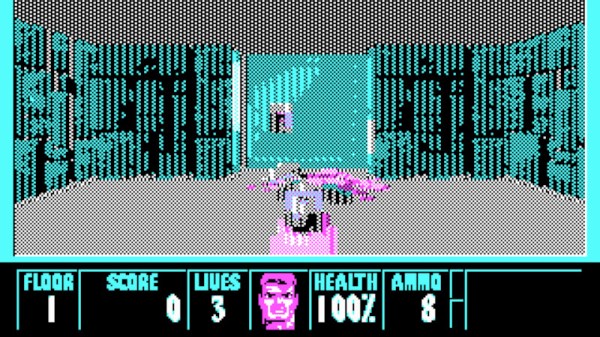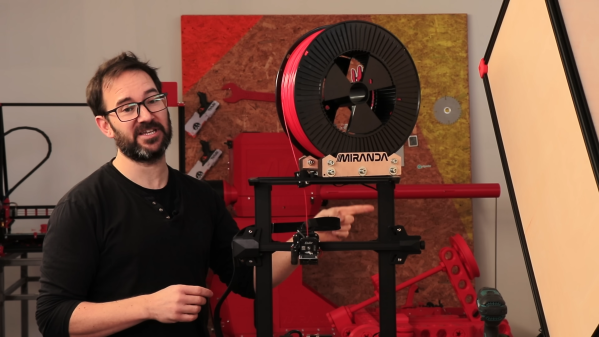When we first saw tweets about a security issue in Grand Theft Auto V, it sounded a bit like a troll. “Press ‘alt and f4’ to unlock a cheat mode”, or the hacker that claims to be able to delete your character. [Tez2]’s warning tweet that you shouldn’t play GTA Online without a firewall sounds like another of these online urban legends. But this one actually seems legit. NIST is even in on the fun, assigning CVE-2023-24059 for the exploit.
When playing an online game, other users send a “join request” to join the active session. This packets can contain malformed data which has been observed to crash the game client remotely. It’s believed, though not publicly confirmed, that it’s also a Remote Code Execution (RCE) vulnerability. It seems likely that this aspect will be added to some of the various cheat panels that are already widely used for this 10-year-old game. So now, rather than just giving your own character infinite ammo and health, you can inflict some havoc on other players, possibly up to corrupting their character files and getting them banned.
But why stop there? If we have code execution inside the game, what stops another player from launching a real attack? A video game isn’t sandboxed like a browser, and there’s nothing preventing a disk wiper attack or even a worm from compromising a bunch of players. The worst part is that it’s an old game, and even though there’s a large playerbase, it’s not guaranteed to get a fix. There’s at least one project aiming to be a firewall to prevent the issue. Continue reading “This Week In Security: GTA, Apple And Android, And Insecure Boot”














